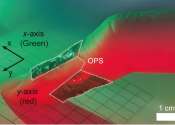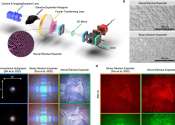A reliable and wearable system to recognize finger movements in real-time
Devices that can detect, track and decode movements in their surroundings can have countless valuable applications in fields ranging from robotics to health care, the entertainment industry, sports, and more. Wearable sensors ...









